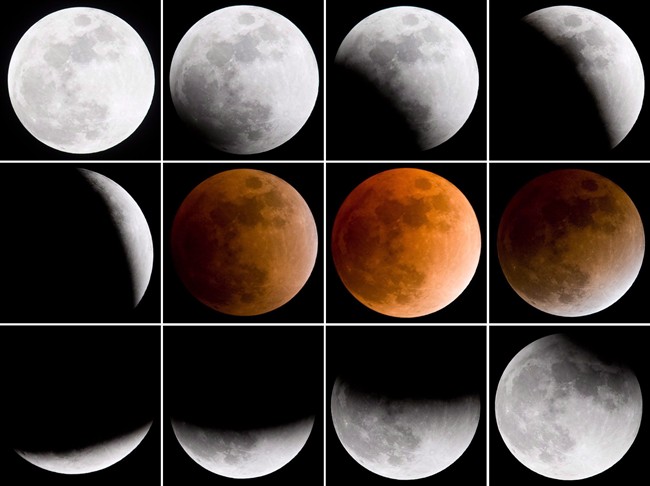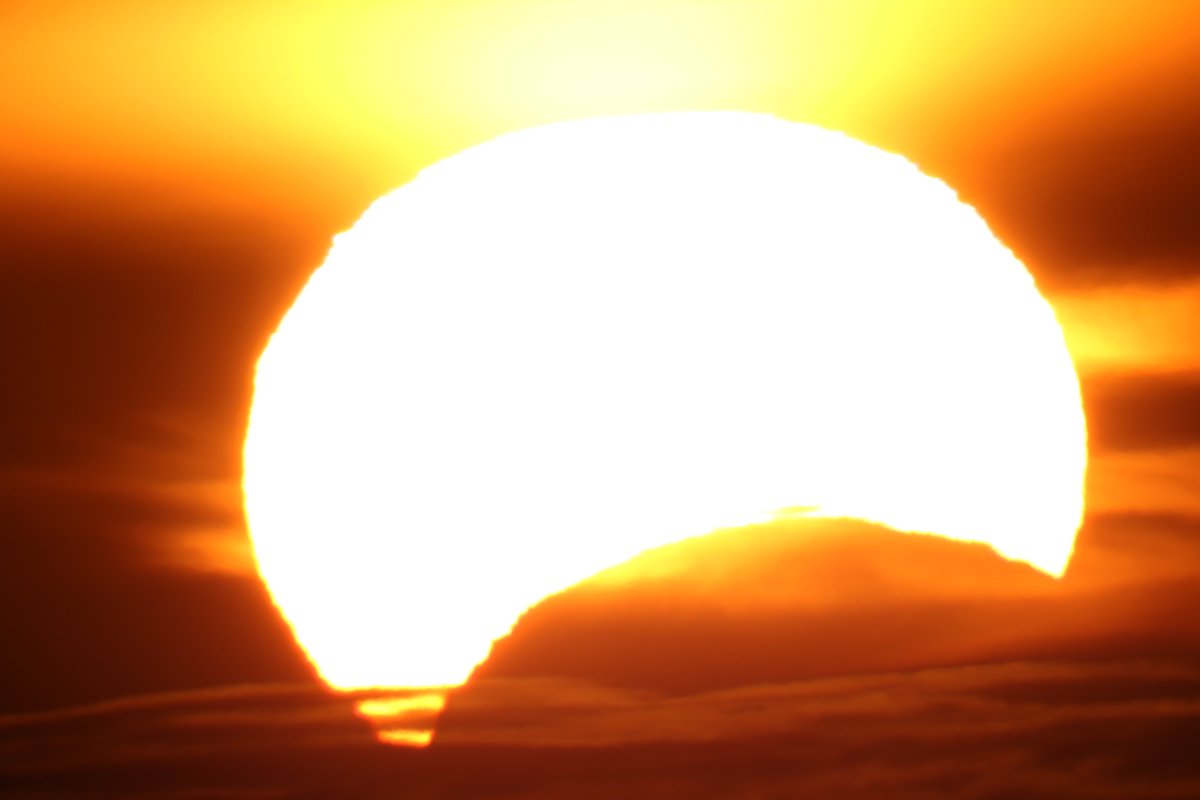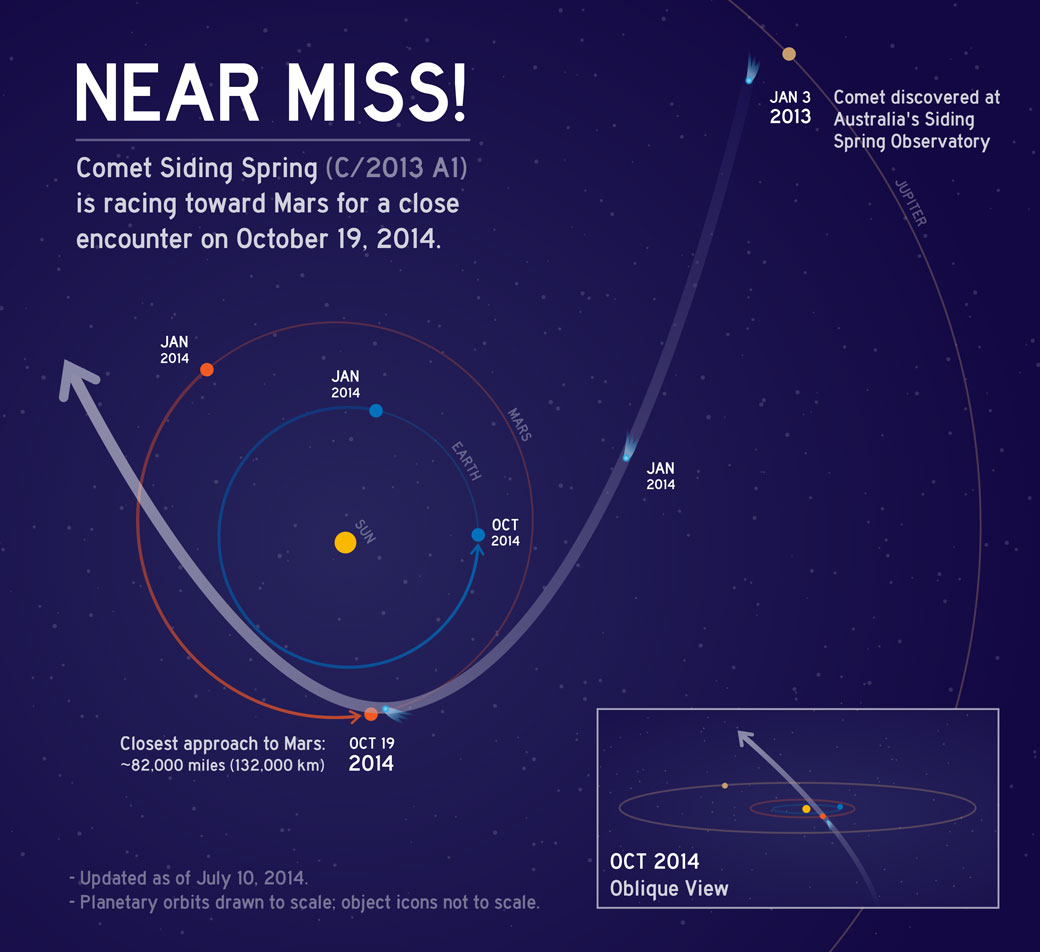TORONTO – Though we’ve already had a lunar eclipse, several meteor showers and even a few nights of northern lights, there’s still more cool astronomical stuff on the way.

Aug. 11-26
The Perseid Meteor Shower
Right now we’re at the peak of what is one of the best meteor showers of the year (it’s the best for Canada since it occurs in summer). And with the moon now not full and super bright, the chances to view this shower are just getting better.
Meteors are pieces of space debris – small rocks – that burn up as they enter our atmosphere. Seeing them is easy and fun. Just follow this advice to observe this year’s Perseids.
Aug. 18
Conjunction of Jupiter and Venus
For this one you’re going to have to commit yourself to waking up early – very early.
A conjunction of planets or celestial objects occurs when the objects come very close together in the sky (they’re hundreds of millions of kilometres apart in space). In this case, Venus and Jupiter will be less than half a degree apart – which is quite close, as you will see if you’re willing to get up before the sun.
(A handy way of determining the sky in degrees is to hold out your hand. If you raise your pinky finger, it is one degree; your three fingers held out – think The Hunger Games salute – is five degrees; your closed fist is 10 degrees; pinky to index spread apart is 15 degrees, and pinky to thumb is 25 degrees. For reference, the moon is half a degree.)
What’s particularly cool about these two planets meeting is that they are two of the brightest planets in our night sky.
The best time to see this conjunction is around 5:30 in the morning when it will be very low on the horizon. After that, the trailing sun – which rises around 6:20 depending on your location – will wash out these two magnificent planets.
Oct. 8
Total lunar eclipse
This eclipse will be seen in its totality from British Columbia to western Saskatchewan. For the rest of the country various phases of the eclipse will be seen after moonset.
This year, Canada is treated to two lunar eclipses (the first was on April 15).
READ MORE: April 15 starts off the year of eclipses
A lunar eclipse can only occur during a full moon when it passes directly behind the Earth into our planet’s shadow. The most stunning part of an eclipse is totality. But the moon doesn’t just disappear: it turns a copper colour. This is because, while the moon is in Earth’s shadow, it receives indirect sunlight from our planet. The blue-coloured light is filtered out by our atmosphere, leaving only red which refracts and illuminates the moon.

Oct. 23
Partial solar eclipse
Two weeks after the lunar eclipse, we’re treated to a partial solar eclipse which, visible from the Pacific coast to part of Quebec. The greatest eclipse occurs at 21:44 UTC in Nunavut, near Prince of Wales Island.
A partial solar eclipse occurs when the moon’s penumbral shadow crosses Earth, and just part of the sun’s disk is blocked. (Please remember to never look directly at the sun, even during solar eclipses. Doing so could seriously damage your eyes. Instead, try to get a pair of solar eclipse glasses.
Click here to see when the eclipse will be visible from your area.
Oct. 19
Near collision of comet with Mars
This event won’t actually be easily observable, but you can bet websites such as Slooh and the Virtual Telescope Project will be airing it live.
Comet C/2013 A1 was discovered on January 3, 2013 at the Siding Spring Observatory in Australia. The first comet discovery of that year proved to be a particularly interesting one: initial estimates suggested that there was a good chance it would slam into Mars. However, further observations and calculations found that this wasn’t the case. Still, it’s going to pass extremely close – just 132,000 km from the planet. It’s close enough that NASA has already begun moving its Mars-orbiting satellites in preparation.
You can track where the comet is using Solar System Scope (it allows you to move in time as well as change your perspective).
Honorable mentions
The Geminid meteor shower is another fantastic shower. There’s just one problem: it occurs in December, not exactly the most weather-friendly time of year in Canada. This year it peaks Dec. 13 and 14.
Also, yes, there is another “supermoon” on September 9. Though it’s almost impossible to tell the difference between a “regular” full moon and a “supermoon,” it’s a great opportunity to appreciate our nearest celestial neighbour.
But keep in mind what renowned astrophysicist Neil deGrasse Tyson tweeted about this month’s “supermoon”:
Also, remember to keep an eye out for the northern lights. You never know when you will get an amazing view of these dancing lights.




Comments